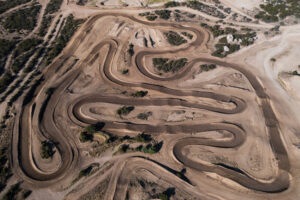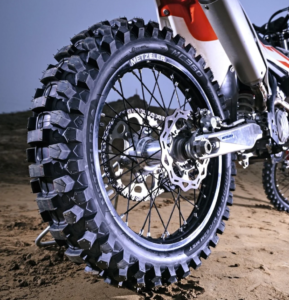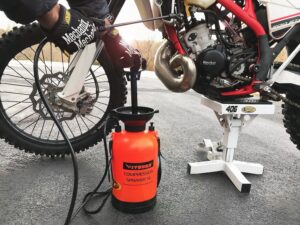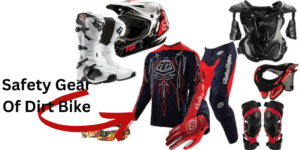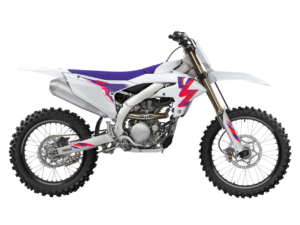What is the basic maintenance of a dirt bike?
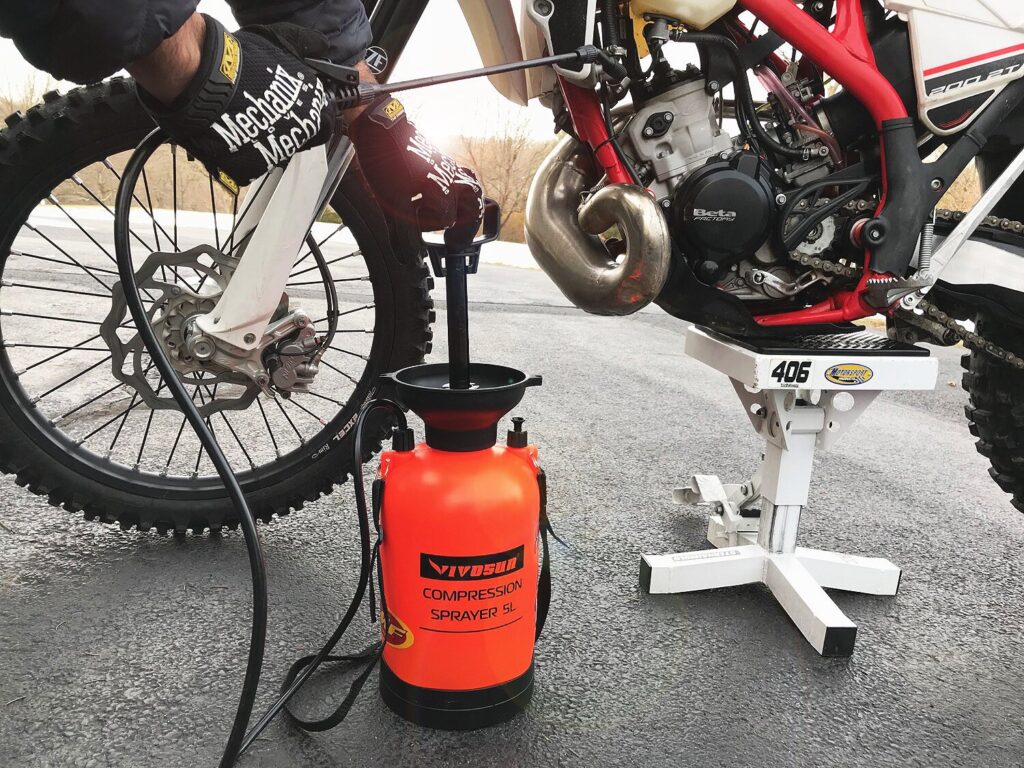
To guarantee a dirt bike’s lifetime, performance, and safety, maintenance is necessary. Breakdowns and expensive repairs can be avoided with routine maintenance. Here’s a detailed maintenance guide for Dirt Bike maintenance:
Gather your tools and supplies
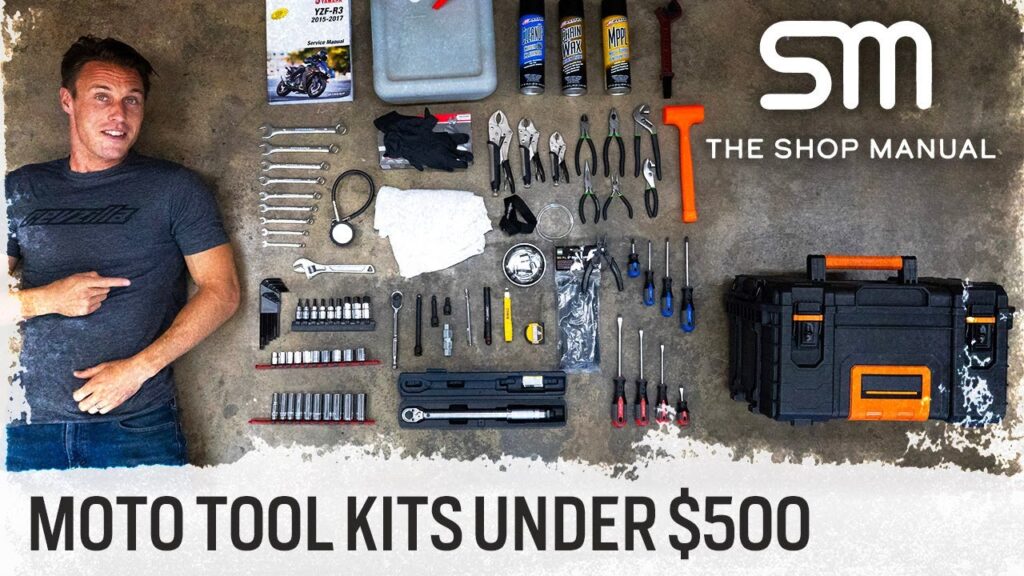
- Motorcycle stand
- Basic hand tools (wrenches, screwdrivers, pliers)
- Socket set
- Torque wrench
- Chain cleaning kit
- Motorcycle-specific oil and filters
- Spark plug
- Air filter cleaner and oil
- Brake fluid
- Chain lubricant
- Grease
- Cleaning materials (rags, brushes)
Safety for Dirt Bike maintenance
- Put on protective clothing, such as gloves and goggles.
- Verify that the bike is stationary and that the engine is off.
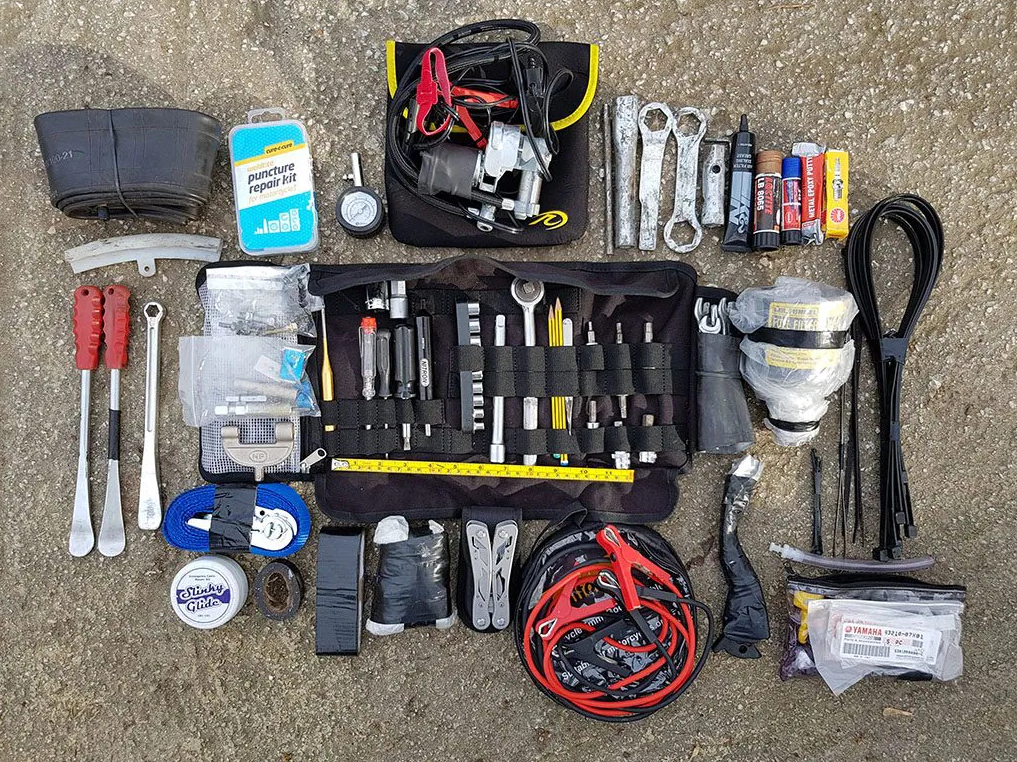
When doing maintenance on a dirt bike, safety comes first. Make sure you are wearing the appropriate safety gear, such as gloves and eye protection, before beginning any work. Switch off the engine and set the bike down on a sturdy surface. To prevent collisions, make sure that important parts like the tires, suspension, and brakes are checked often. Use the proper equipment and adhere to the manufacturer’s instructions for torque settings and maintenance when working on the bike. Keep things clean to avoid the accumulation of dirt and grime. Seek expert assistance or refer to the bike’s instructions if you are unclear how to complete a job. Prioritize safety above everything else to protect the lifespan of the bike and your personal health.
Cleaning dirt bike
- Using a hose and a mild detergent, thoroughly clean the dirt bike first.
- To get rid of filth and grime in difficult-to-reach places, use a brush.
- For the bike to not rust, let it dry fully.

A vital component of maintenance for a dirt bike is cleaning, which is giving the bike a thorough wash to get rid of dirt and grime. This procedure include cleaning the bike’s outside with a hose and mild detergent, using a brush to scrub inaccessible spots, and making sure the bike is thoroughly dry to avoid rust. The bike’s lifespan is increased, its performance is maintained, and its look is preserved with regular cleaning. Because it provides improved visibility and access to components, it also increases the effectiveness of other maintenance chores like chain maintenance and oil changes.
Check the chain and sprockets of Dirt Bike
- Verify that the chain is properly lubricated and tensioned. As necessary, replace or adjust it.
- Check for wear on the sprockets and repair as needed.
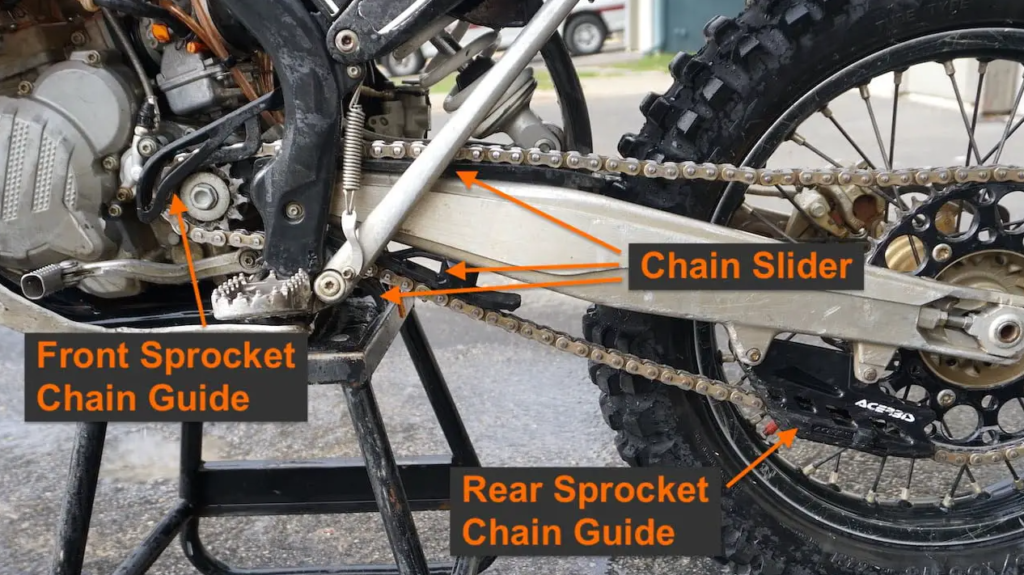
A dirt bike’s chain and sprockets are critical components that help carry power from the engine to the rear tire. The chain wraps around the sprockets and converts the power of the engine into forward motion. Regular chain and sprocket maintenance is required to guarantee adequate tension, lubrication, and alignment. Keeping these components in good condition aids in the maintenance of the bike’s performance and minimizes premature wear, resulting in a smooth and dependable riding experience.
Dirt Bike Oil Change:
Changing the oil filter of Dirt Bike:
- Take out the old oil filter and put in a fresh one.
- Apply a small amount of oil to the replacement filter’s rubber gasket.
- Hand-tighten the filter, being careful not to overtighten.
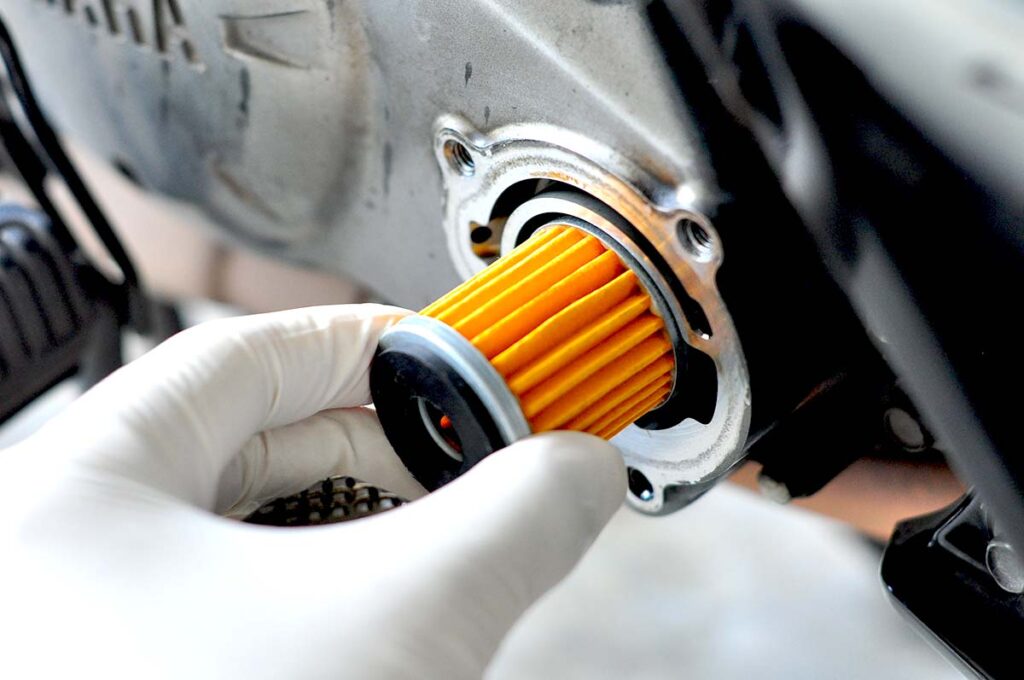
Changing the oil filter on a dirt bike is a crucial maintenance task to ensure the engine’s health and longevity. The process involves removing the old oil filter, which captures debris and contaminants, and replacing it with a new one after lubricating the gasket. This prevents these harmful particles from circulating in the engine, thus maintaining optimal lubrication and engine performance. Regular oil filter changes should be done in conjunction with oil changes, typically following the manufacturer’s recommendations for your specific dirt bike model.
Check the air filter of Dirt Bike:
- Remove the air filter cover and inspect the air filter.
- Clean or replace the air filter if it’s dirty.
- Oil the foam air filter with a specialized filter oil.
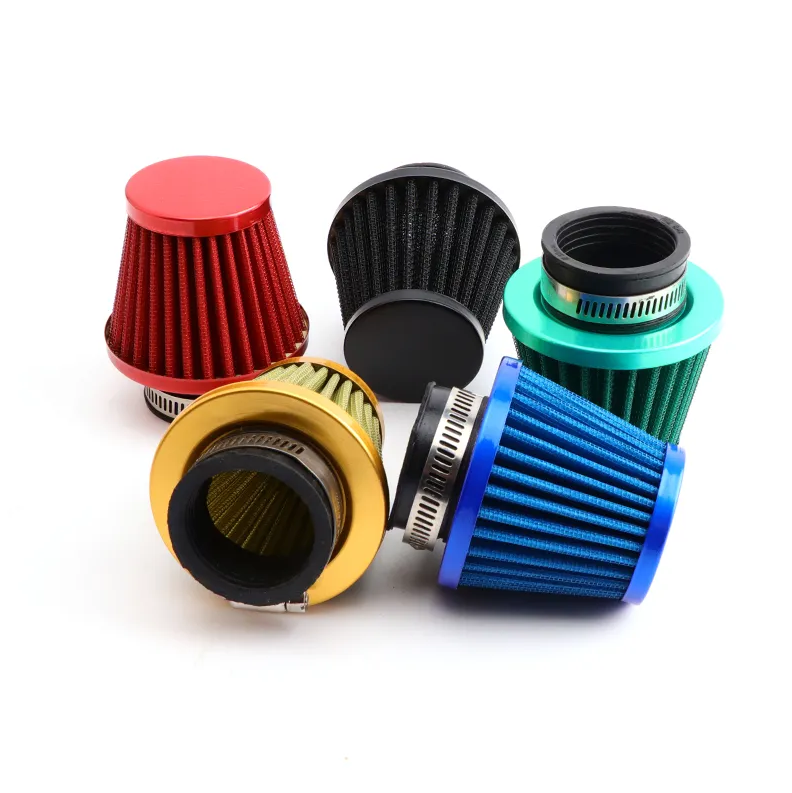
Checking the air filter of a dirt bike is a crucial maintenance step to ensure optimal engine performance. The air filter prevents dirt and debris from entering the engine, and when it becomes clogged or dirty, it can impede airflow and lead to reduced power and efficiency. Regularly inspecting and cleaning or replacing the air filter, depending on its condition, is essential to maintain the bike’s engine health and overall performance, especially in off-road conditions where dirt and dust are prevalent.
Inspect the spark plug of Dirt Bike
- Take off the spark plug and inspect it for wear or fouling.
- If necessary, replace the spark plug.
- Tighten it to the manufacturer’s specifications with a torque wrench.
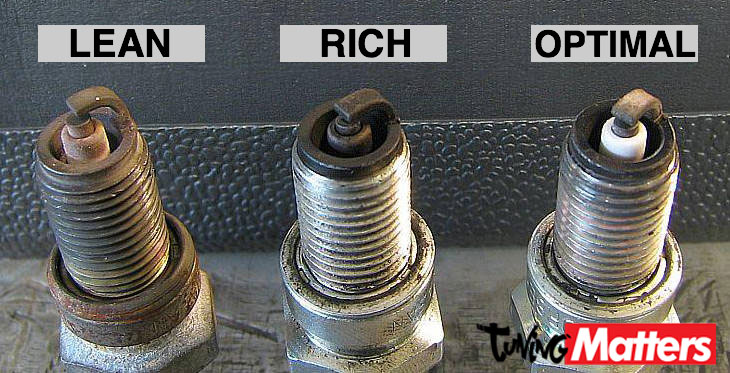
Inspecting the spark plug is a crucial step in dirt bike maintenance. It involves removing the spark plug to check for fouling or wear. If the spark plug shows signs of damage or fouling, it should be promptly replaced. Proper tightening using a torque wrench to the manufacturer’s specifications is also essential. A healthy spark plug is essential for efficient combustion, which directly impacts the bike’s performance and reliability.
Dirt Bike Brake system maintenance
- Inspect the master cylinder’s brake fluid level and add more if required.
- Check for wear on the rotors and brake pads.
- When necessary, swap out the brake pads and bleed the brake system.
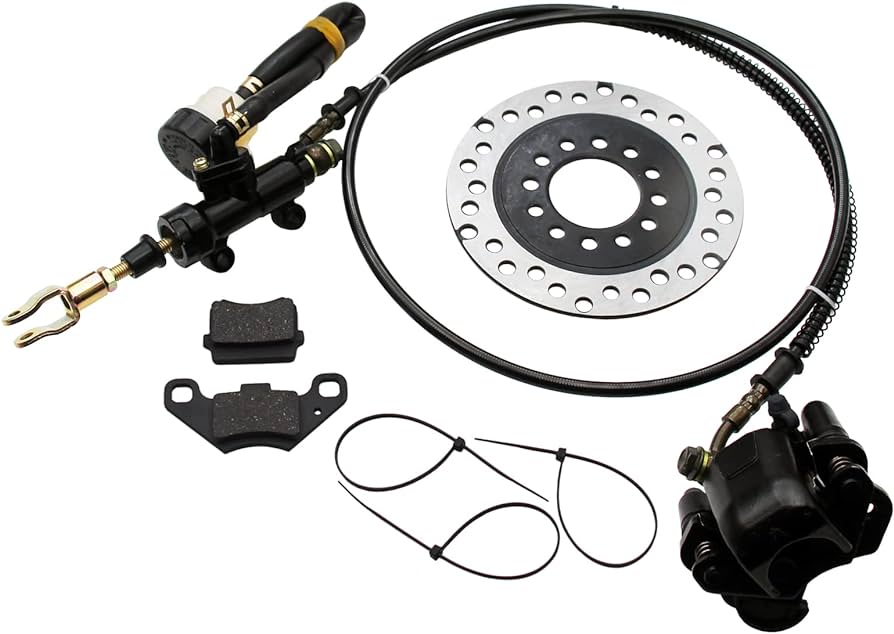
Maintaining a vehicle’s brake system is essential to its performance and safety. This procedure entails testing and replenishing braking fluid, bleeding the system as necessary, and examining the brake pads and rotors for wear. Frequent maintenance avoids brake-related problems and helps maintain adequate stopping force.
10. Suspension and controls:
- Examine the suspension parts for damage and leakage.
- Make that the brakes, clutch, and throttle are all operating smoothly, and lubricate as needed.
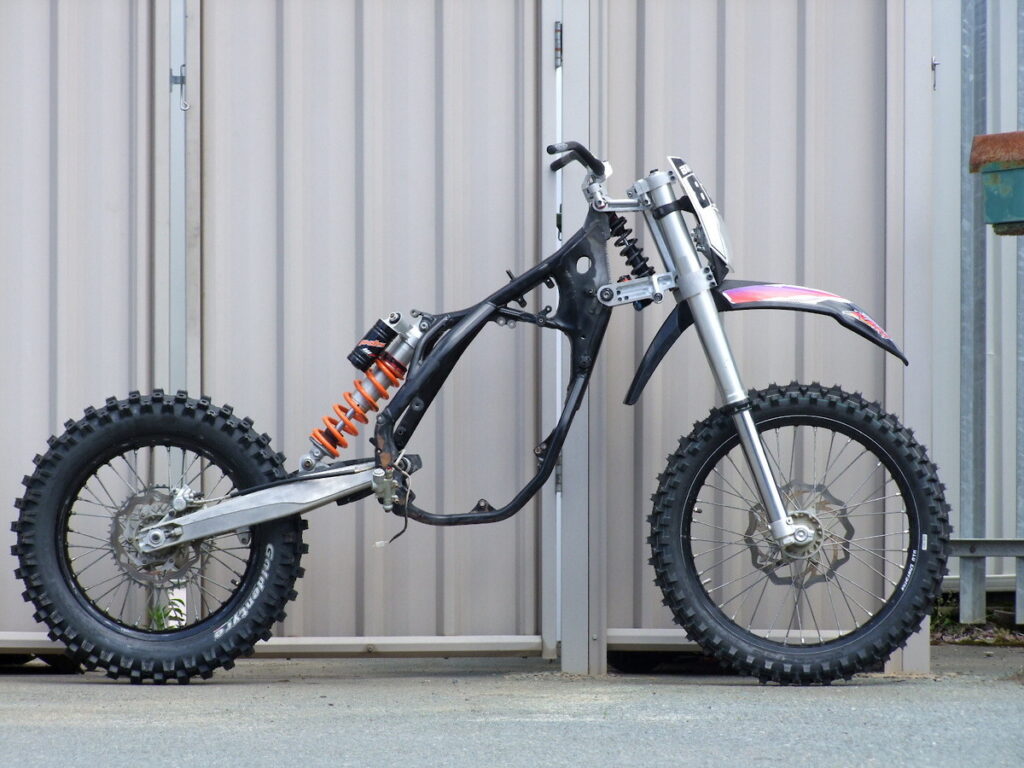
The suspension and controls of a dirt bike are essential elements that greatly influence a rider’s performance and enjoyment. Forks and shock absorbers make up the suspension system, which is essential for controlling how the bike responds to uneven ground and rider input while providing a regulated and comfortable ride. However, well-maintained brakes, clutch, and throttle give accurate handling and rapid power delivery, enabling riders to maneuver through difficult off-road conditions with assurance and dexterity. For the best dirt bike performance and safety, the suspension and controls must be properly maintained and adjusted.
Dirt Bike Wheel and tire maintenance
- Check the tires for appropriate wear and inflation. Change if required.
- If necessary, correct the wheels and make sure the spokes are properly tensioned.
- Grease the wheel bearings and axles.
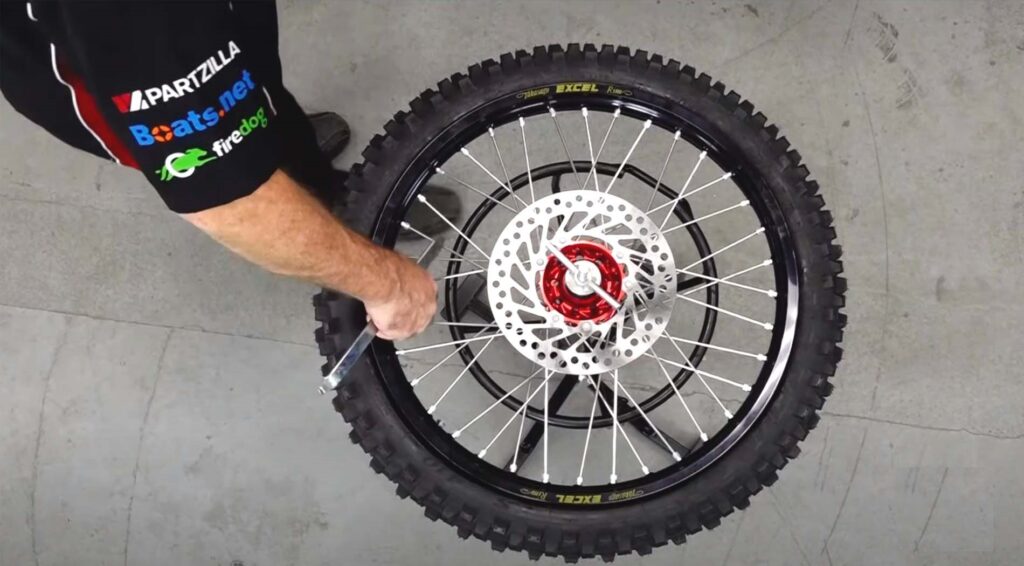
To guarantee maximum performance and safety, dirt bike tire and wheel maintenance is essential. Maintaining traction and handling can be facilitated by routinely checking the tires for appropriate wear and inflation, tensioning the spokes, and making sure the wheels are true. For a comfortable and secure ride, lubricating wheel axles and bearings is crucial, as is periodically replacing worn tires. Maintaining the wheels and tires on a dirt bike prolongs their lifespan and helps to prevent accidents.
12. Frame and chassis
- Check the chassis and frame for damage, cracks, or loosened bolts. Adjust as needed.
Fixing problems like cracks, damage, and loose fasteners in the bike’s structural components is part of dirt bike frame and chassis maintenance. By ensuring the bike’s structural integrity and safety, this crucial maintenance helps to avoid future mishaps or long-term damage. Bolt tightening, welding, and inspection are standard practices in frame and chassis maintenance. For a dirt bike to last a long time and perform dependably, proper maintenance is essential.
Dirt Bike Final checks
- Verify that all bolts and fasteners are torqued properly.
- Check all electrical parts, lights, and horns.
- If required, adjust the clutch and throttle cables.
Lubrication
- Swivel points, footpegs, and other moving parts should be greased or properly lubricated.
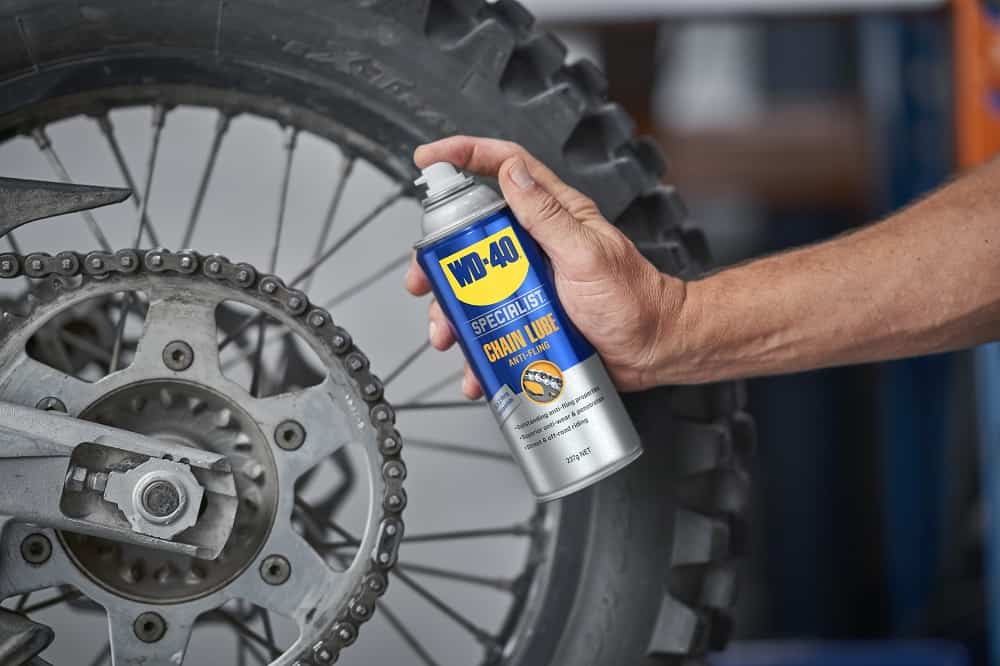
An essential part of maintaining a motocross bike is lubrication. Maintaining proper lubrication increases the bike’s longevity and overall performance by ensuring that crucial parts like the chain, wheel axles, and suspension work smoothly and with little friction. Applying the proper lubricants to moving parts on a regular basis lowers the chance of damage, helps avoid wear and tear, and makes riding safer and more pleasurable. To maintain the dirt bike operating at its peak, it’s critical to adhere to the manufacturer’s advice about lubrication intervals and use the appropriate supplies.
15. Test ride:
- To make sure everything is operating as it should, take the dirt bike for a little test ride.
A test ride on a dirt bike is an essential part of the maintenance procedure since it lets you evaluate the bike’s overall performance and make sure everything is working as it should. Typically, riders check for problems with handling, suspension, steering, brakes, and engines during this test trip. In addition to improving rider safety and peak performance, it offers a chance to confirm that recent maintenance and adjustments have been successful and that the dirt bike is safe and ready for use.
Dirt Bikes maintenance Record
- Keep a record of your maintenance activities, including dates and mileage/hours.
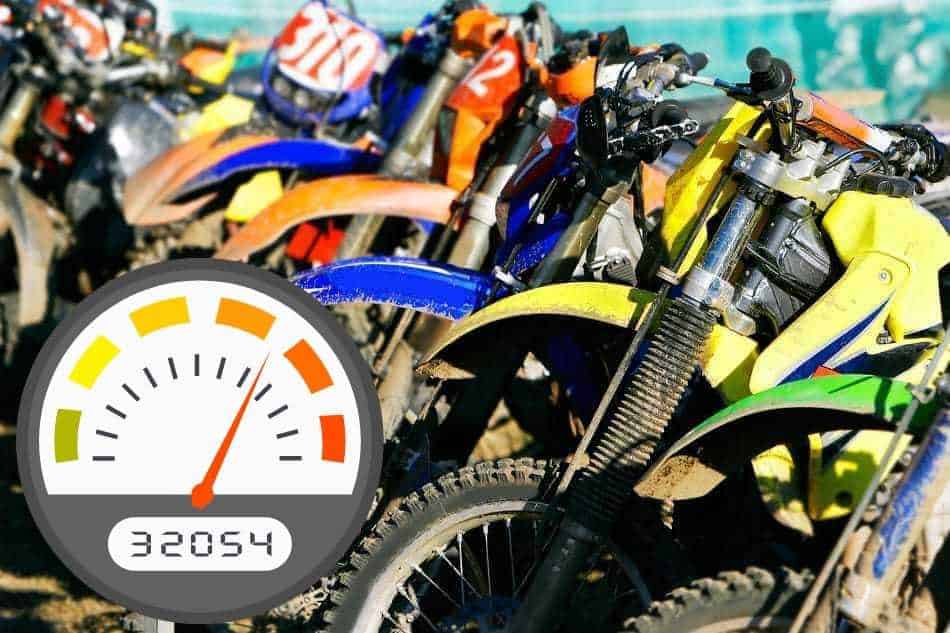
Dirt bike record keeping is an important practice for riders who want to retain a detailed history of their bike’s upkeep. This record often includes the dates and specifics of maintenance jobs such as oil changes, air filter replacements, and other critical checks, as well as the bike’s miles or operating hours. Riders can guarantee that their dirt bike functions properly, solve any difficulties more efficiently, and ultimately extend the life and performance of their equipment by keeping these records. It also aids in the preservation of the bike’s resale value and facilitates warranty claims or service history verification.
Maintaining your dirt bike on a regular basis may help it last longer and run as efficiently as possible. Observe the maintenance schedule and guidelines provided by the manufacturer. Refer to your bike’s handbook or get expert help if you’re unsure about your capacity to complete a task.
